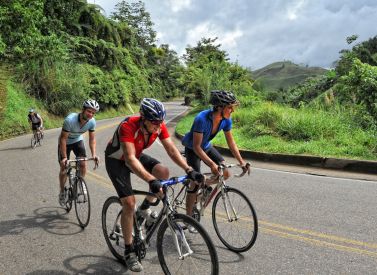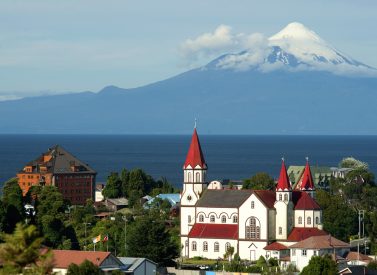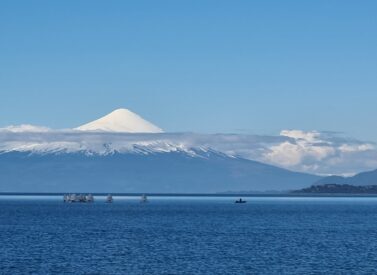
Patagonia Lake District Cycling Tour: Chile & Argentina
Join a guided mountain biking holiday in Patagonia, cycle through the Lake District of Chile and Argentina.
Embark on an exceptional cycling holiday through the stunning Lake District of Chile and Argentina, where snow-capped volcanoes, deep valleys, serene lakes, and lush monkey puzzle tree forests frame the magnificent Andes mountains.
Our well-paced journey takes us along a mix of quiet gravel tracks and earthy roads, skirting vast lakes and passing through tranquil villages. This route allows us to fully immerse ourselves in the Lake District, its culture, and its people. Along the way, we stay in a variety of accommodations including small hotels, lodges, cabanas, and family-run hospedajes, all selected for their excellent locations, warm hospitality, and friendly atmosphere.
We begin our cycling adventure in the shadow of Osorno Volcano the Chilean Lake District. We then cross into Argentina and explore the area around Bariloche. The stretch to San Martin is one of Argentina’s most beautiful roads, known as the Seven Lakes Route.
Finally we cross back into Chile, this time we enter the Northern Lake District at Pucón. Here we soon explore its stunning forests of Monkey Puzzle Trees at Conguillio National Park.
More on Patagonia cycling tour
The following day, we cross into Argentina and head to Villa La Angostura, before continuing to Bariloche, a town famous for its chocolate and Swiss-style architecture. From Bariloche, we cycle along the picturesque Ruta de las Siete Lagos to San Martín de los Andes.
Our route back to Chile is lined with more spectacular volcanoes and towering araucaria trees. Volcán Villarrica leads us to the charming town of Pucón, where an optional hike to its summit awaits. The final days of biking take us through the breathtaking scenery of Conguillío National Park, a highlight for many.
We spend our last night in Temuco, before taking a domestic flight the next day to Santiago for our onward connections.
Cycling allows you to absorb yourself fully in the Lake District, its people and their way of life.
Accommodation is a combination of small hotels, lodges, cabañas and family run hospedajes, chosen for their location and hospitality.
Previous experience is not essential, though we recommend your build-up to the expedition should include plenty of biking time.
A reasonably good level of fitness and a sense of adventure are important. You may wish to bring your own mountain bike, or these can be hired at an extra cost.
Terrain Overview
Our cycling adventure will traverse both sides of the Andes mountain range, offering stunning vistas of fjords, rivers, waterfalls, volcanoes, mountain ranges, and picturesque lakes—each a constant highlight along our journey.
The route comprises approximately 70% sealed roads and 30% compacted wide gravel tracks, ensuring varied terrain with light traffic on most days.
Be prepared for some steep but brief climbs, followed by exhilarating descents, both on paved and gravel surfaces. Every day promises fantastic cycling amidst breathtaking scenery, making for an unforgettable experience.
Trip Highlights
Print Share Download as PDF-
Cycling tour around the Lake District of Chile and Argentina.
-
Views to majestically conical Volcan Osorno and its snow-capped peak.
-
Tasting the chocolates of Bariloche.
-
Biking the Seven Lakes Route to San Martin de los Andes.
-
The monkey puzzle trees forests of Conguilli.
-
Hiking the lofty heights of Volcan Villarica.
-
Fantastic overview of remote Patagonia.
I write you to thank you for organising the trip for us. Everything was perfect.
R. Mihalache & C. Pruteanu, Patagonia Lake District Cycling Tour
Full Itinerary
Day 1: Arrive Puerto Montt, transfer Puerto Varas, introductory talk, hotel
Upon arrival, we transfer to our hotel in Puerto Varas. The rest of the day is spent recovering from our journey and preparing the bikes for the adventure ahead. At a convenient time, the group gathers for an informal meeting to discuss the upcoming tour.
You may want to explore the numerous handicraft stalls along the seafront. For those seeking delicious Chilean cuisine and some of the most unusual shellfish, the fishing port of Angelmó, located on the town’s outskirts, offers a vast array of options.
Here, you’ll have the chance to sample exquisite Chilean seafood dishes, including the local specialty, Parrillada de Mariscos—a grilled mixed seafood platter served hot from a charcoal brazier.
Day 2: Ride Puerto Varas - Puelo (40km/25 miles, 700 m ascent ), lodge (B,L)
After breakfast, we load our bikes and leave Puerto Varas in our support vehicle. Heading south, we pass through the small settlement of Chamiza, and shortly after, Lenca. We then skirt the dramatic Alcere Andino National Park for the final few kilometers to Caleta La Arena.
Here, we board a small local ferry for a 40-minute crossing of the narrow Estuario de Reloncaví to Caleta Puelche. Upon arrival, we unload our bikes and embark on an undulating, unpaved track alongside the Estuario de Reloncaví towards Puelo. This stunning section offers a wonderful introduction to our trip and a fabulous start to our biking journey.
Tonight, we stay at the beautiful Patagonia Puelo Lodge.
Day 3: Puelo - Las Cascadas (75km/47 miles, 890m ascent), hotel (B,L)
Heading off by bike, we begin with a brief crossing of one arm of the Estuario de Reloncaví, then continue northwards towards Río Puelo and on to Cochamó, situated at the far tip of the estuary.
We reach Cochamó after 32 km (20 miles) and then follow the fjord for another 14 km (9 miles) on an unpaved but well-packed road. The final stretch of 36 km (22 miles) is on smooth tarmac, culminating our cycling journey in Ensenada.
During this last section, you’ll be treated to stunning views of the incredible Volcán Osorno dominating the skyline, with bright yellow shrubs lining the roadside.
After loading up the bikes, we visit the impressive Saltos de Petrohué—rapids and waterfalls cascading over dramatic volcanic rock formations. We are now in the heart of Chile’s first national park, Parque Nacional Vicente Pérez Rosales, established in 1926. Tonight, we stay in the relaxed surroundings of Las Cascadas, reached by a short transfer from Saltos de Petrohué in our support vehicle.
Please note: Although today’s cycling distance is longer than other days, the pace will accommodate this. As always, the support vehicle is available for those who prefer a shorter time in the saddle.
Day 4: Cascadas - Villa Angostura (42km/26 miles, 325 m ascent), hotel (B,L)
Day 5: Villa Angostura - Bariloche (59km/37 miles, 525 m ascent), hotel (B,L)
Starting from Lake Nahuel Huapi, we follow a largely flat route along the lakeshore. Keep an eye out for Nahuelito, Argentina’s answer to the Loch Ness monster!
Today’s ride epitomizes cycling in the Lake District, with snow-dusted peaks on the left and serene, brightly colored waters on the right. We cover approximately 59 km (35 miles), with most of the cycling completed before lunch at Mirador de Bariloche.
This is a perfect spot to rest after the morning’s ride, offering stunning views over the Andes and Lago Nahuel Huapi.
We conclude our cycling day with a fast 11 km (6 miles) downhill ride on asphalt to the junction of Ruta 40, where today’s ride ends.
From here, we hop aboard our support vehicle for a 20-30 minute transfer to Bariloche.
Known as the St. Moritz of South America for its Swiss-style architecture and chocolates, Bariloche invites us to spend the rest of the afternoon exploring its charms.
The ideal way to end such a day is with a juicy Argentinean steak and a majestic Malbec, followed by some delicious chocolate treats.
Day 6: Bariloche - Villa Tráful (35km/22 miles, 560m ascent), cabanas, (B,L)
After indulging in the delights of chocolate shops, bars, and restaurants offering Swiss fondue and hearty steaks, we bid farewell to Bariloche, this charming slice of Switzerland. Beginning our journey in a support vehicle, we soon transition to cycling as we head towards Confluencia.
En route, we are treated to spectacular rock formations with names as wonderful as their shapes—Tren Expresso, Centilla, and Dedo de Dios. Entering Valle Encantado, or the Enchanted Valley, the scenery lives up to its name; the views are truly magnificent.
Following a gravel and earth track, we venture into another picturesque valley adorned with more rock formations and a backdrop of snow-capped mountains—a cyclist’s paradise. Just before concluding our ride for the day, we pause at Mirador de Lago. Here, not only do we enjoy breathtaking views of Lago Traful, but also a panoramic vista of today’s cycling route.
After capturing memorable photos and marveling at the scenery, we continue our journey with a series of enchanting dips, twists, and turns along a wooded track that hugs Lago Tráful. Finally, we arrive at our overnight stop, Villa Tráful.
These cabins will be our lodging for the night, with dinner served amidst the delightful ambiance of this small town.
Day 7: Villa Tráful - San Martin (72km/45 miles, 1200 m ascent), hotel (B,L)
Our journey kicks off with cycling directly from Villa Tráful along the breathtaking Ruta de Siete Lagos (the Seven Lakes Route).
Today’s cycling route is a true delight as we make our way towards the charming town of San Martin de los Andes. Following a well-maintained earth road, we meander through woodlands, passing stunning lakes with snow-capped mountains in the distance.
Just before lunch, we take a 30-minute transfer in the support vehicle to a picturesque picnic spot with breathtaking views, providing the perfect backdrop for another delicious meal. Enjoy lunch amidst the beauty of our surroundings.
Back on the bikes, we’re treated to more spectacular views as we glide along the smooth road towards San Martin de los Andes. Before reaching the town, we pause to soak in the fantastic vistas, then embark on an exhilarating descent to San Martin along winding roads that are sure to bring smiles to our faces. Nestled by Lago Lacar and surrounded by mountains, San Martin is a true gem.
As we arrive in San Martin, we’re further enchanted by its charm and beauty. We settle into our accommodations at a hotel in town and, feeling suitably refreshed, set off to explore the streets.
Day 8: San Martin - Pucon (53km/33 miles, 450m ascent), hotel (B,L)
Today marks our return to Chile! We travel by vehicle through Junin de los Andes, making our way to the border at Paso Tromen. At Mamuil Malal, we unload our bikes, ready to embark on the next leg of our journey.
En route, we catch our first glimpse of the magnificent Volcan Lanin, its snow-covered cone almost perfect in its grandeur.
After crossing the border, we enter Parque Villarica, where the iconic ‘monkey puzzle’ tree forests flourish. As always, today offers the flexibility to cycle as much or as little as desired, with some choosing to pedal all the way from the pass to El Turbio.
From there, we rejoin the support vehicle for a short drive to Pucón, and our accommodation.
Day 9: Rest day (B)
Pucón, a charming town blessed with a pleasant climate, graces the shores of the stunning Lago Villarica. Today, we dedicate our time to exploring the surrounding countryside by bike. Popular routes include scenic rides to the area’s numerous beautiful waterfalls.
For those seeking more adventure, there’s the option of white water rafting or embarking on a guided climb up the snow-capped slopes of Volcan Villarica. Please note, additional costs cover the guide and equipment rental.
Climbing Volcan Villarica offers a truly unforgettable experience. Reaching the summit and gazing into its molten center is an extraordinary sensation—literally staring into the heart of the earth. While the sulfur fumes may not be pleasant, the exhilarating descent is the perfect culmination of this remarkable journey—a definite must-do!
We spend the night in Pucón, savoring the memories of the day’s adventures.
Day 10: Pucón - Conguillio National Park (50km/31 miles, 595m ascent), lodge (B,L)
After finishing breakfast, we hop into the support vehicle for a transfer to the starting point of today’s ride.
Today’s route primarily consists of smooth tarmac and is mostly flat, with a gravel climb towards the end of the day, leading us into the breathtaking Parque Conguillio National Park.
Following the bottom of a valley dedicated to agriculture, today’s ride offers a gentler cycling experience.
Our accommodations await us in a beautiful wooden lodge nestled in the heart of the park. Here, amidst a private and tranquil setting, we are certain to receive a warm welcome.
Day 11: Conguillio - Temuco (50km/31 miles, 630m ascent), hotel (B,L)
If you thought you’d seen it all, think again! Parque Conguillio unveils its absolute gem—Volcan Llaima, one of the most active volcanoes in South America.
As we begin our journey, we traverse through woodlands. Suddenly, as if the trees had been swept away, a barren, rocky, and ash landscape unfolds before us—the contrast is truly incredible.
This desolate terrain is the result of solidified lava flows from previous eruptions. The tracks of these hardened “rivers” of lava sprawl like fingers across the landscape, leaving destruction in their wake. Soon, the route leads us back into untouched forests of beech and araucaria, where the sun is obscured by their dense canopy.
Along the way, we encounter the serene beauty of Lago Verde and Lago Conguillio, serving as a fitting conclusion to our cycling journey as we reach the town of Curacutin. Here, we change out of our cycling attire and, after a celebratory beer or hot drink, transfer to our hotel in or near Temuco.
Our final evening is spent reminiscing about our cycling adventure, perhaps with another glass or two of delightful Chilean or Argentinean wine, which has no doubt been a highlight of our trip.
Day 12: Transfer out, ends (B)
After a restful stay at our lodgings and a final glimpse of the majestic mountains and volcanoes, we head to Temuco Airport (ZCO). Here, you can catch your flight to Santiago’s Arturo Merino Benitez International Airport, where you can then connect to your international flights home (flights not included).
Prices From $4,245 / £3,451 per person
What's Included?
Accommodation (shared twin rooms), all meals as per the itinerary (B = Breakfast, L = Lunch, D = Dinner), full tour service including guides, back up vehicles, etc. unless stated at least one leader qualified in First Aid procedures, entrance fees to National Parks or sites which are an integral part of the itinerary, airport collections from Puerto Montt airport and drops offs at Temuco airport on scheduled departure and arrival dates.
What's Not Included?
Flights (we can arrange these for you), visas, medical check up and inoculations, tips for guides, etc, insurance, bar bills, hotel refreshments, laundry, telephone calls, souvenirs, etc, entrance fees to historical sites and museums, airport taxes (if applicable), personal clothing and equipment, bike hire, flight costs for travelling with bike.
Accommodation
We aim to use accommodation which showcases the style and hospitality of the area you are visiting.
Accommodation is a combination of small hotels, lodges and cabañas chosen for their location and hospitality.
Tour Staff
These holidays have at least two guides, and support staff as appropriate. From the very start to the very end of your holiday, the guides take care of all of the daily planning and organisation, leaving you free to get on your bike and enjoy your holiday.
Chile and Argentina cycling holidays are led by our local guide Ernesto, who has been guiding our trips for over 12 years. Ernesto describes his job by saying ‘My passion is to travel, enjoy getting to know cultures at the speed of the bike and then to discover these places and their secrets.’
Ernesto and his team were the first people in Chile to be qualified to Level Two of the Mountain Bike Instructors’ Award Scheme (MIAS), which includes the Road Cycling Module.
Meals
Vegetarians and those with specific dietary requirements are be catered for – please indicate at the time of booking if you have any special requirements.
Breakfast and the majority of lunches are included in the holiday cost. Breakfast will generally be a selection of fruit, breads and toppings, tea and coffee.
Lunches will be picnic style bursting with fresh local produce. Dinner will be taken predominantly at local restaurants.
Specialties of the Chilean and Argentinian Lake District includes Parillada de Mariscos (grilled mixed seafood) and for meat lovers, make sure you don’t miss out on a delicious steak.
Activity Level
For the leisure cyclist with a good level of physical fitness.
May include some steeper, cheeky climbs and possibly sections of varying terrain (eg. forest tracks, gravel paths etc).
Distances generally between 20-45 miles / 32-72 kms per day.
Practical Information
Introduction to Patagonia
For most people, Patagonia evokes a vast, windblown plateau, jagged mountains and the life of the gauchos.
The steppe that occupies much of southern South America is only one aspect of a magical region, jam-packed with amazing and contrasting landscapes.
Patagonia (latitudes 40°-55°, approximately) embraces a vast portion of southern Chile and Argentina, from the Rio Colorado in the north, to Tierra del Fuego in the south.
For convenience, we have divided the region into three zones: the Lakes District of northern Patagonian, central Patagonia and southern Patagonia.
Geography of Patagonia
Southern Patagonia (latitudes 49° to 55°), encompassing the southern Andes of Chile and Argentina plus Tierra del Fuego, has an altogether more vertical aspect than the rest of Patagonia.
As the continent tapers towards its southern point, the Andes take on new characteristics and offer some truly impressive panoramas.
Much of southern Patagonia is characterized by virgin landscapes where man’s hand has either not been present or, because of the scale of the landscapes, goes almost unnoticed. To the west of the semi-arid Patagonian plateau, mile-high granite spires – e.g. Cerro Torre and Fitzroy in Argentina and the Torres and Cuernos del Paine in Chile – rise abruptly from the Andean foothills, while vast blue glaciers, fringed by southern beech forest, gouge out thevalleys below.
At the heart of these magnificent landscapes lies the South Patagonian Ice Field, an utterly remote icy wilderness spanning hundreds of kilometers, whose glaciers – including the Perito Moreno and Upsala – are tens of kilometres long by severalkilometers wide.
Also characteristic of the southern Patagonian Andes are its turquoise, iceberg-filled lakes. To the west lies the southern portion of the Chilean Archipelago, comprising snow-capped islands and fjords.
Across the Magellan Straits from mainland Patagonia lies Tierra del Fuego which, like the rest of Patagonia, is divided between Argentina and Chile.
The north and east of Tierra del Fuego is flat, but flanking the Beagle Channel in the south, the tail end of the Andes provide very dramatic mountain scenery.
The Lake District (latitudes 40° to 45°) or the Araucania, is a region of dramatic conical volcanoes, evergreen, high-canopy forests and, of course, lakes.
It straddles the Chile-Argentine border, and also takes in Chiloe island, in the extreme north of the Chilean Archipelago. This region stretches from Temuco in the north to Chiloe in the south.
Central Patagonia (latitudes 45 to 49) is one of South America’s best-kept secrets. The vast wilderness area can be divided in two:
- The dry band of Andean foothills and wind-blown plateau lying on the Argentine side of the Andes. This remote area is traversed north to south by a gravel highway known as the Ruta Cuarenta (Highway 40).
- The Chilean portion to the west of the Andean watershed, often referred to as the Careterra Austral (after the little-used gravel highway that crosses it from north to south).
This huge region, embracing the sparsely-inhabited southern Araucaria and Aisén Region, features temperate rainforests, snow-peaks (often extinct volcanoes), lakes and, to the west, the Chilean Archipelago: a labyrinth of fjords and mountain-islands. This, the Chilean portion of central Patagonia, boasts the northernmost of Patagonia’s many giant, sea-level glaciers.
The San Raphael Glacier, probably this region’s most famous landmark, is an immense hanging glacier whose seracs calve into an iceberg-filled lagoon.
Find out more about Patagonia with our blog about its wildlife.
Weather
Patagonia, the very southern tip of South America, has a four-seasons-in-one day climate.
Summer (Nov-March) see temperatures reach up to 20°C, when glorious light pours over the region for up to 18 hours. This is the best time to visit, nevertheless, spring and summer is also when the central and southern Patagonian regions sometimes get buffeted by strong, westerly winds.
Summer days in national parks can also bring sunny, windless conditions, and you may well find yourself hiking in shorts and t-shirt. Afternoons can be warm with lots of sunshine. (Note: Patagonian UV rays are very strong).
It is usually cool and windy all year round but seldom does the temperature fall below freezing point. Some days start with snow and end in balmy sunshine. It is always interesting, and can range from 10°C-20°C in the summer, although the wind can make it feel chilly.
Even in summer (Dec-Mar) you should come prepared to find cold, strong winds (up to 130 km/hr) and rainfalls. The summer’s average temperature is 11ºC/52ºF (24ºC max, 2ºC min). It has been known to snow in camps in summer!
In general, the further south you go, the cooler it gets and the further west you go – towards the Andes and Pacific coast – the wetter and less predictable the weather is. The further east – towards and across the Patagonian plateau – the drier and more stable.
Winter (May-Sept) visits to these southern areas are possible, but many hotels close and not all trips are possible. Daylight hours can be very short and temperatures typically range from -2°C in the winter.
The lack of visitors can greatly improve chances of seeing wildlife in parks such as Paine. Winds tend to die down.
On the South Patagonian Ice Field (average height, 1,500 metres), the appearance of lenticular clouds – signifying changing conditions – can translate into extreme winds (up to 150 kmh) and heavy snowfall. Here, summer pre-dawn temperatures commonly reach -20°C, with wind chill lowering temperatures even more. However, on sunny, windless summer days, you might get away with wearing just a couple of thin layers.
In Peninsula Valdes, it does not rain much in the region on an annual basis, summers are usually mild, and the temperature sometimes gets very hot (touching 30ºC) and then eases off in the evening. The area does get very windy at times, especially on the peninsula, and warm and water/windproof clothing is recommended.
If you head to Ushuaia, due to its extreme southern location, temperatures may remain chilly during summer (Oct-March) the use of plenty of warm layers of clothing. Winter and Antarctic visits will require extreme clothing.
Bike hire, FAQs and more
Extra costs – 2024/ 2025
Bike Hire: USD 425
Electric Bike Hire: USD 570
Single Room Option: USD 1100
Bike hire
If you don’t own a suitable bike or would prefer to avoid bringing your own we have bikes available to hire.
The current models available are 27.5” Giant Talons or Giant XTC’s. All models with front suspension and hard tail, 27 gears, disc breaks and Shimano transmission.
If you do decide to hire we can include a helmet and all necessary spares for the trip. Please request helmets at the time of booking.
Travelling with your own bike
The vast majority of airlines will charge you to transport your bike. This amount varies from carrier to carrier but we recommend always booking and paying for this in advance which will usually save you money compared to paying at the airport. Please contact your airline for specific details.
Most airlines will also require your bike to be properly packaged for transport. Most commonly this will be in a bike bag or box specifically designed for the job. There is a wealth of options when it comes to picking the right box or bag for your needs and we would be happy to discuss these with you.
Terrain
We will cycling on both side of the Andes mountain range at all times in Chile and Argentina Lake district, passing fjords, rivers, waterfalls, volcanoes, mountain ranges and of course lakes.
There aren’t any major elevation changes, and the route is approx. 60% on sealed roads and 40% on compacted wide gravel tracks, with light traffic on most of the days. We‘re going to face some steep but short climbs and with fast descents, both on paved and gravel terrain. Great cycling with amazing scenery every day.
Vehicle support
At strategic points (where access allows), you have the security of our support vehicle. In the vehicle there will be some space for tired bikers, allowing the chance of a well-earned break if needed. You will also be able to leave extra layers or spare kit here during the day meaning there is no need to carry any equipment other than that you would carry on a normal day ride.
Equipment
We provide everything except a bike (although you may hire these from us), personal equipment and clothing. If you are taking your own bike it ideally should be an ‘All Terrain Mountain Bike’ possessing a minimum of 24 gears. Tyres should be suitable for riding on varying terrain – a light mountain bike tyre or heavy touring type. Please contact us if you are unsure whether your bike will be suitable.
During the holiday you will be travelling over some demanding terrain and it is imperative that your bike is in good mechanical order. If you are not mechanically minded your local bicycle dealer should undertake this service. We will of course be taking a full tool kit and a selection of spares.
Details of which spares (if any) you should take and instructions on how to dismantle your bike for the flight(s) will be included in the Information Pack sent with your booking confirmation.
Baggage
Your allowable baggage is one main piece of luggage per person other than your bike and a small day pack. Your main luggage should preferably be either a backpack / rucksack or ‘sports bag’ so as to assist in transportation. The daypack may be useful for carrying your additional outer-layer clothing and snacks while cycling. This will also be useful as your ‘travel’ bag for items such as cameras, MP3 Players etc.
Please note, if you are flying, baggage allowances vary from airline to airline and all excess baggage charges must be met by you. Some airlines may only include cabin baggage as standard and you will need to request hold baggage separately. Check with your airline or contact us if you are in any doubt about your luggage allowance.
Flights
We ask that you fly into Puerto Montt airport (PMC) and back from Temuco airport (ZCO). There are no direct flights to Puerto Montt from the UK, so you will need to fly into Santiago airport (SCL), and then take a connecting flight to Puerto Montt. There are also no direct flights back to the UK from Temuco, so again, you’ll need to fly via Santiago.
Please check with us before booking any flights, to make sure we have reached the minimum number required to guarantee your holiday and to ensure your flights fit with our transfers.
Kit list
Good kit is vital for every trip.
Book with Andean Trails and get 15% off Páramo’s fantastic ethical and high performance outdoor gear.
Overview
We provide everything except a bike, personal equipment and clothing.
During the day hopefully it will be generally sunny enough for shorts and T-shirts though having a fleece and rain gear handy is advisable. It can and will get cold, especially in the evenings so bring a warm fleece jacket, a good waterproof and some warm clothes including thermal underwear, gloves, scarf and woolly hat as well as one set of smarter clothes for cities.
Below is a more detailed guide.
Detailed kit list – clothing
- Cycle gloves and helmet.
- Medium weight parka or a down jacket.
- Waterproof jacket and trousers. The jacket needs to be water proof and roomy. Side-zip pants are recommended.
- 2-3 long-sleeve shirts – no cotton
- 2-3 short-sleeve cycle shirts – no cotton
- 2 pair of hiking trousers- cotton or synthetic material (no jeans)
- 1 fleece or sweat trousers (for cold evenings)
- 2-3 pairs shorts.
- 2-3 pairs padded cycling shorts.
- Long thermals – synthetic or wool – light to medium weight top & bottoms.
- 2-3 mid-weight (wool or synthetic) socks.
- 2-3 liner socks if needed
- Athletic-type socks, several pairs, city use
- Running/tennis shoes or sandals are very comfortable when you are off the bike.
- 1 lightweight wool sweater or windproof fleece
- 1 wool or synthetic warm hat for evenings.
- Cycling hat.
- Sunglasses with UV filter.
- Bandanna – to protect neck from strong sun.
Biking
- Bike bag/box (if bringing own bike).
- Large holdall/rucksack (80-90 litres) for main luggage.
- Small daypack (25-20 litres).
- Water bottles / camel-bak.
- SPDs pedals / shoes / toe clips.
- Basic repair kit: pump, spare inner tubes and brake pads (we provide a general toolkit on all trips, but please bring any specialist spare parts for your bike with you i.e spokes etc.)
Personal
- Personal first-aid kit to include: painkillers, plasters (band-aids), moleskin, anti-biotic cream, general antibiotics (ask your GP), after-bite (tiger balm), anti-diarrhoea tablets, throat lozenges, re-hydration salts & personal medication.
- Insect repellent.
- Towel & wash-kit.
- Wet Wipes/antiseptic hand-wash cream.
- Sunscreen (factor 30+) and lip salve.
- Head-lamp (plus spare bulb and batteries).
- Penknife.
- Travel alarm clock.
- Plastic bags – ‘Zip-loc’ & tough bin liners.
- Camera and film / memory cards (take at least twice the amount you think you will need!).
- Book, e-book, mp3 player/ipod or other to help pass the time.
- Binoculars.
- Spanish/English phrasebook.
- Extra snacks i.e. cereal bars or favourite chocolate bars.
Miscellaneous others
- Money belt.
- Passport.
- U.S. dollars cash, mixed-denomination notes, undamaged and unmarked.
- ATM cash/credit card.
- Any inoculation certificates.
- Personal & medical insurance certificates.
- Presents e.g. Postcards from home.
- Comfortable clothes for travel, smart clothes for night life.
Quick facts about Patagonia
Chile
Official name: Republic of Chile
Country population: 17,000,000
Capital city: Santiago (6 million)
Largest cities: Santiago, Concepcion, Valparaiso
Languages: Spanish (official)
Official currency: Chilean Peso
Major industries: Copper mining, agriculture, fish
Time zone: GMT-5 in winter (Mar-Sep) and GMT-4 in summer (Sep-Mar)
Argentina
Official name: Argentine Republic Country
Population: 40,000,000
Capital city: Buenos Aires (11 million)
Largest cities: Buenos Aires, Cordoba, Rosario
Languages: Spanish (official)
Official currency: Argentine Peso
Major industries: Agriculture (Soy), motor vehicles, chemicals
Argentina: GMT-3
ATOL holiday protection
Andean Trails has 25 years of experience of putting together the best South America holidays.
We pay a fee to the CAA for every licensable passenger we book since we hold an Air Travel Organiser’s Licence granted by the Civil Aviation Authority. In the unlikely event of our insolvency, the CAA will ensure that you are not stranded abroad and will arrange to refund any money you have paid to us for an advance booking.
We also offer ATOL (Civil Aviation Authority) protected holidays to give our customers peace of mind when booking and travelling.
When you buy an ATOL protected air holiday package from Andean Trails Ltd you will receive a Confirmation Invoice from us confirming your arrangements and your protection under our Air Travel Organiser’s Licence number 6275.
You can read more about ATOL, who is covered and what protections you have if not ATOL-covered, on our ATOL page.
What is ATOL?
The CAA’s ATOL scheme offers protection to your money and your holiday if you book with us. Not everybody is covered (see ‘Who is covered?’ for more), as you must purchase an ‘air package holiday’ with Andean Trails to be protected.
And ‘air package holiday’ is defined as including a flight and some ground services (hotel, transfer, trek etc). This is also known as an ‘ATOL-protected holiday’.
Who is covered?
To be covered by ATOL, you must book a flight and some ground services with us and be from the UK. If you are from the UK and only book ground services and no flights, you are not covered by ATOL (see below for more on how non-ATOL clients are covered).
If you are outside the UK and buy flights with us, you will be ATOL protected IF any of the flights booked with Andean Trails touches/stops in the UK at any point during your holiday package booked with us.
If you buy your flights elsewhere, please check with that agent if you are ATOL protected. Be careful with online flight purchases and make sure you know what protection you have, if any, before paying for flights.
Not all holiday or travel services offered and sold by us will be protected by the ATOL scheme. Please ask us to confirm what protection may apply to your booking.
For land only holidays not involving any air travel, in accordance with “The Package Travel, Package Holidays and Package Tours Regulations 1992”, all UK passengers booking with Andean Trails Ltd. are fully protected for the initial deposit and subsequently the balance of all money paid to us, arising from cancellation or curtailment of travel arrangements due to the insolvency of Andean Trails.
I’m not ATOL covered, what protection do I have?
If you are not ATOL covered, any payments you make to us go to a Trust account.
We can only access this money once your tour has been completed, meaning that if anything happens to Andean Trails Limited while you are on holiday, then your money is secure and you can either complete the trip or be able to make it home.
If you pay for your holiday with a credit card, some offer payment protection – please check with your cardholder.
You also should have cancellation protection written into your insurance (which we recommend you have at the time of booking) in case you need to cancel.
Available Dates
10th Nov 2025 - From $4245 / £3451.185
22nd Dec 2025 - From $4245 / £3451.185
12th Jan 2026 - From $4245 / £3451.185

Dates & Prices
Select an available date to view pricing and information for that particular trip.
Guide price, please ask for details.
Single supp applies
Bike Hire can be arranged.
Please ask for additional dates
Can’t find what you’re looking for? Get in Touch
+44 (0)131 378 5593
+44 (0)131 554 6025



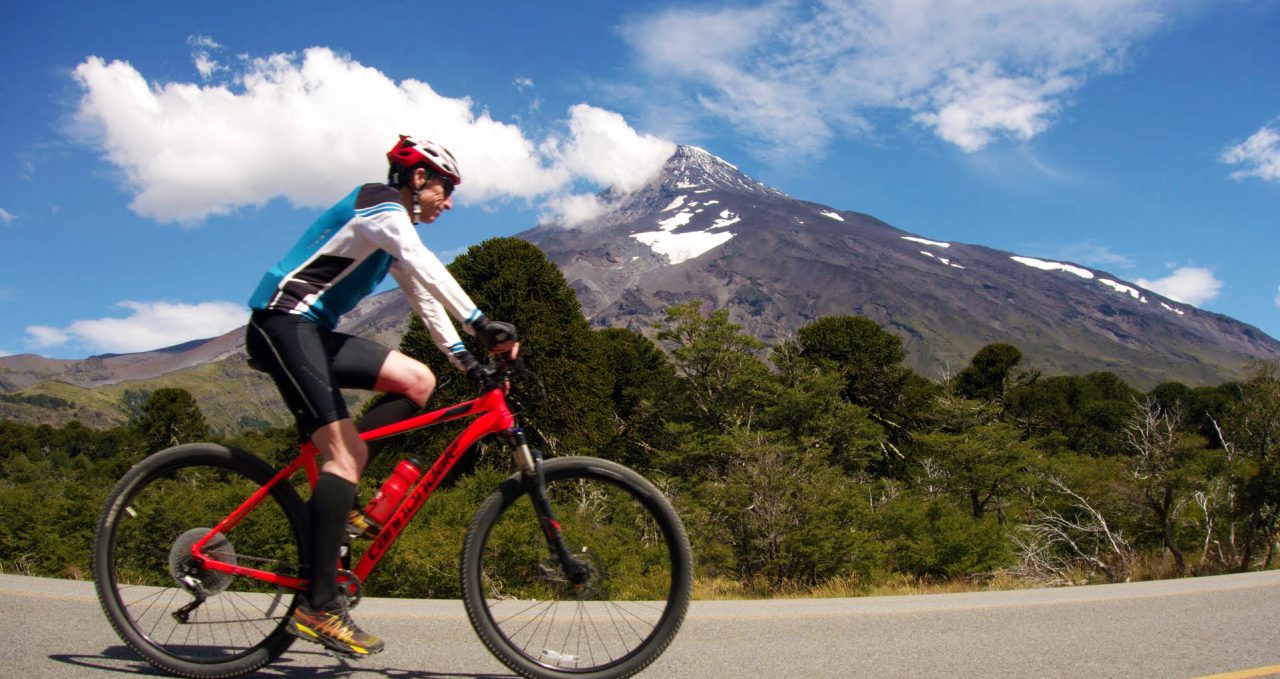
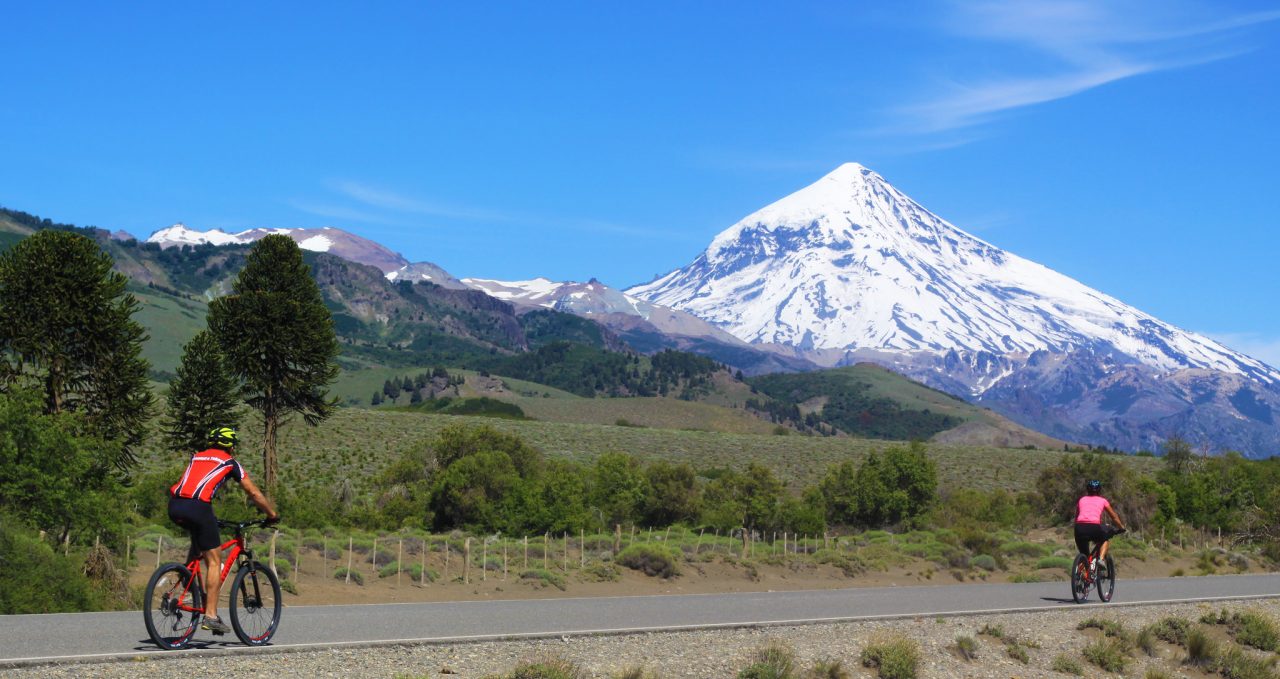
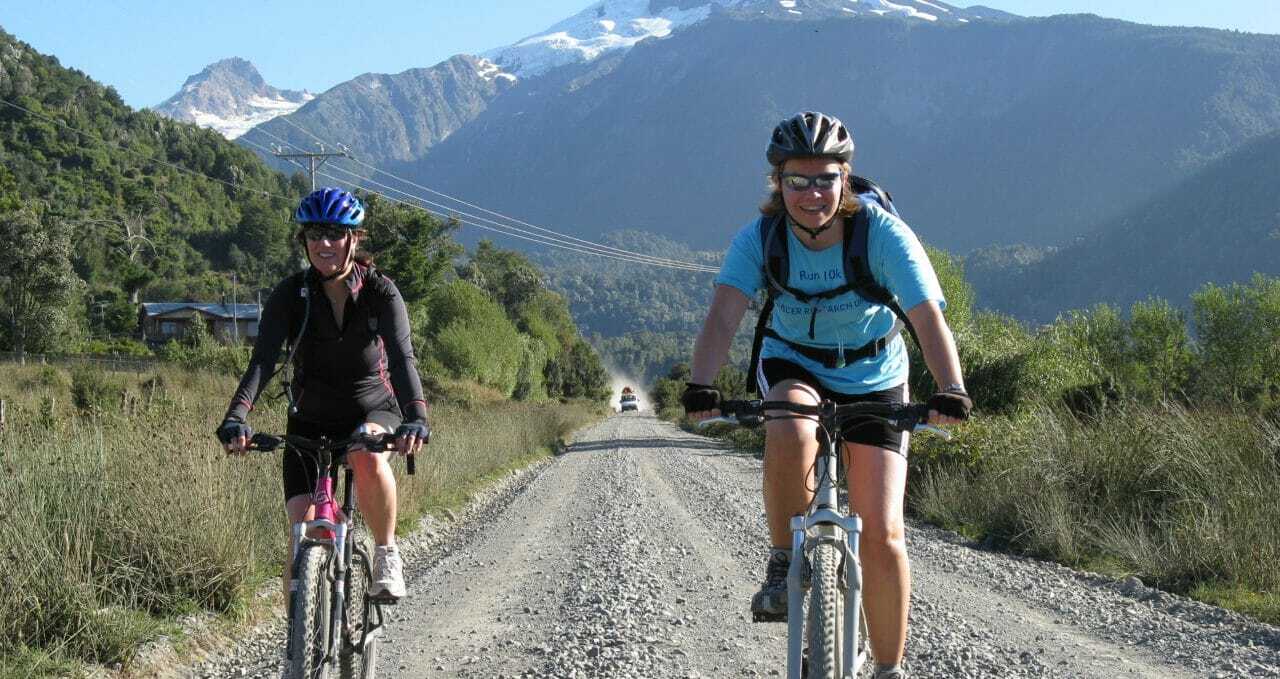
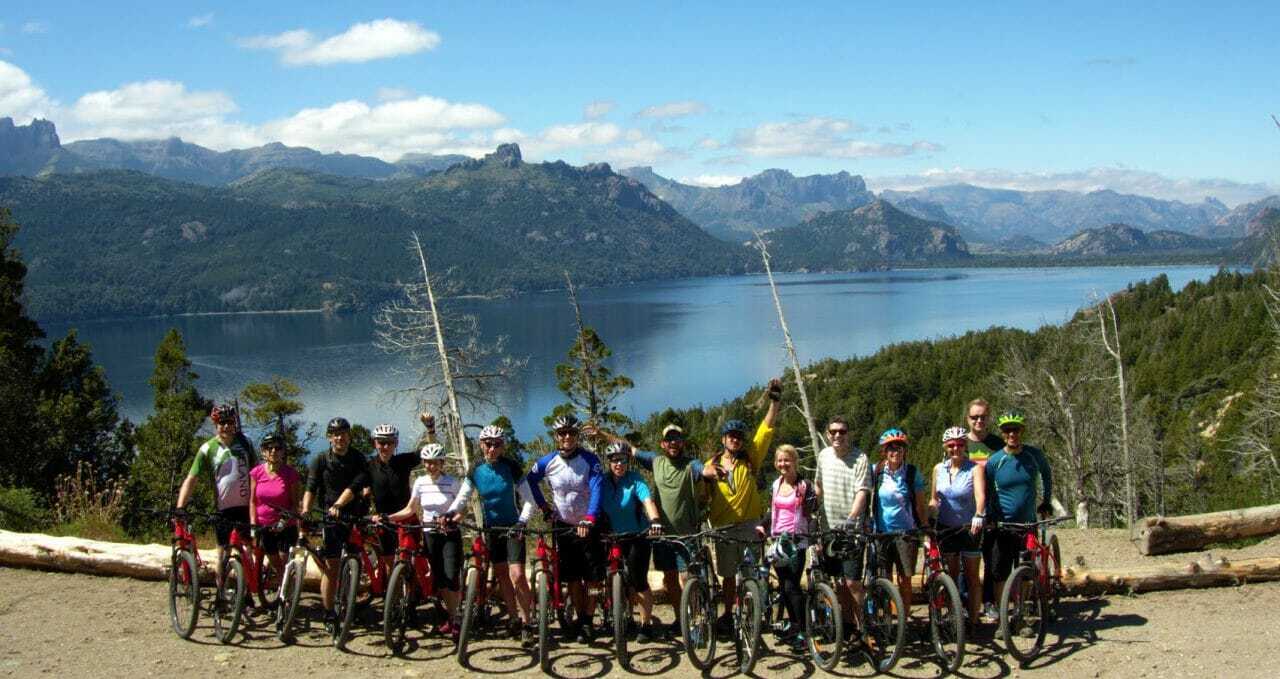
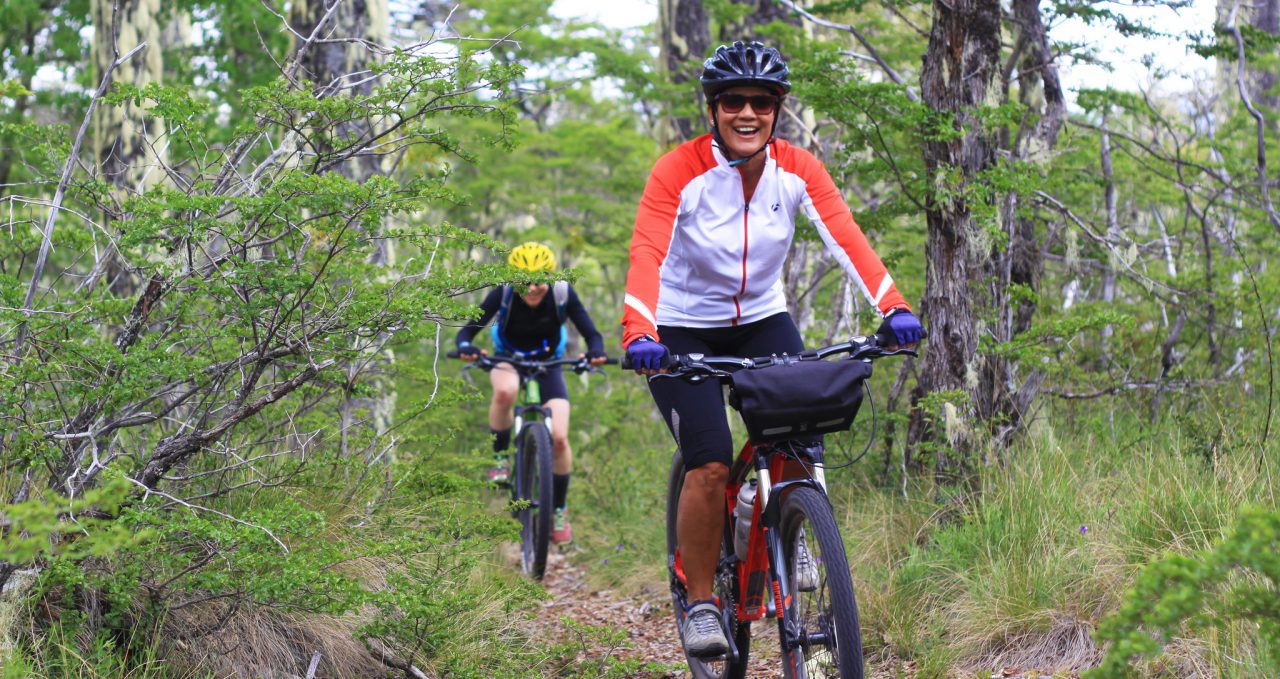
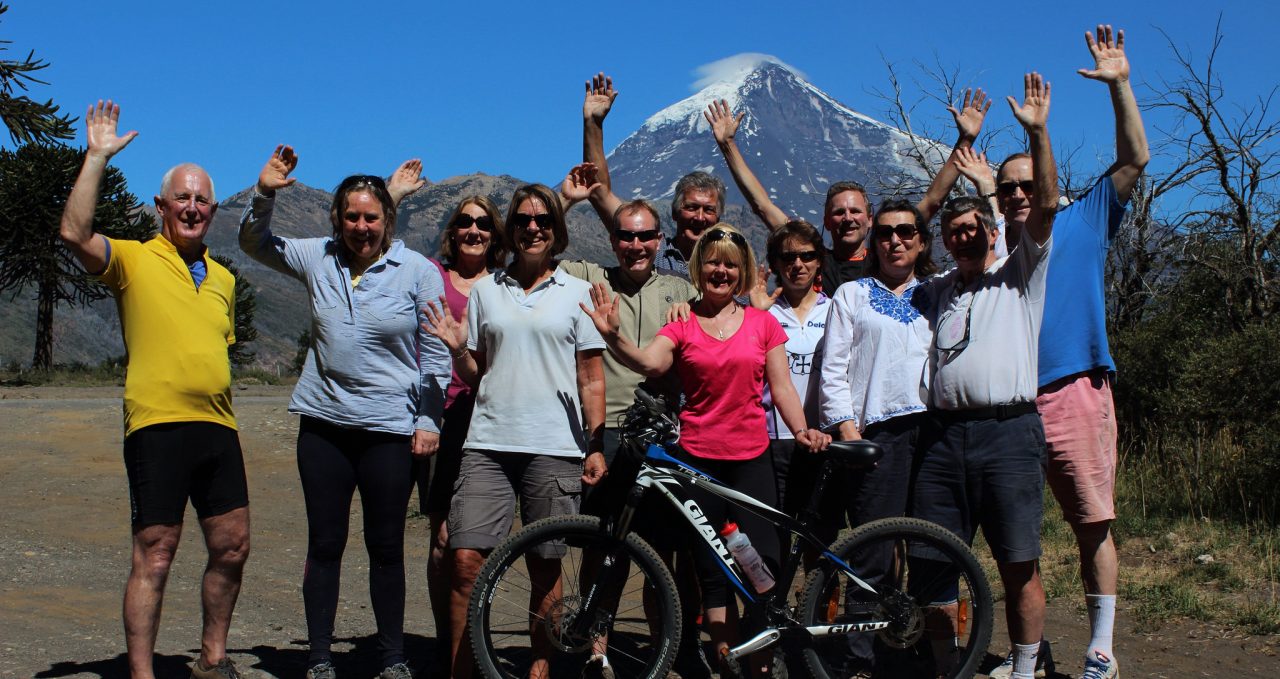
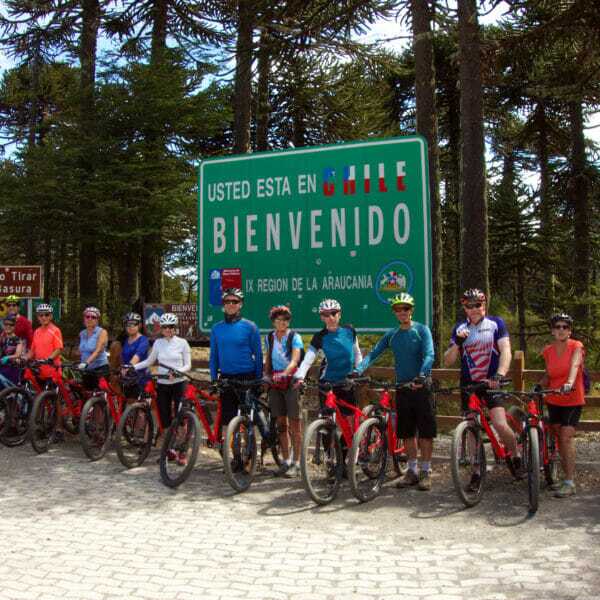
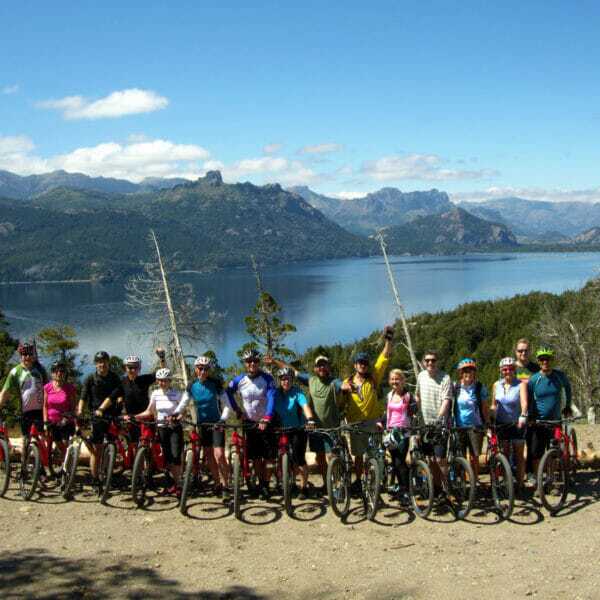
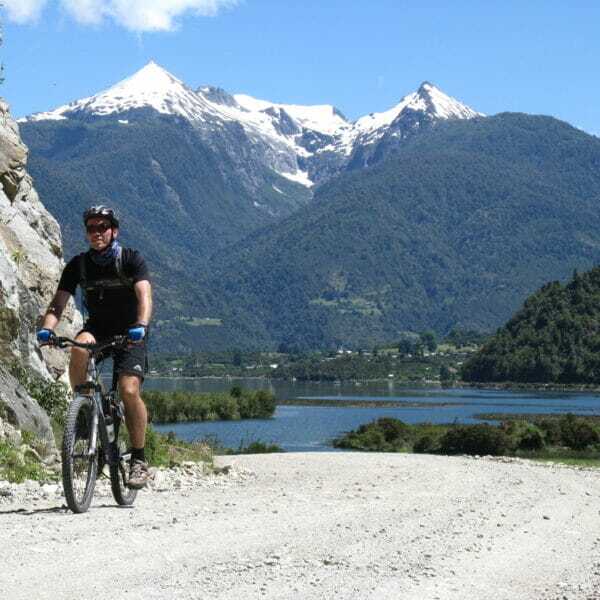
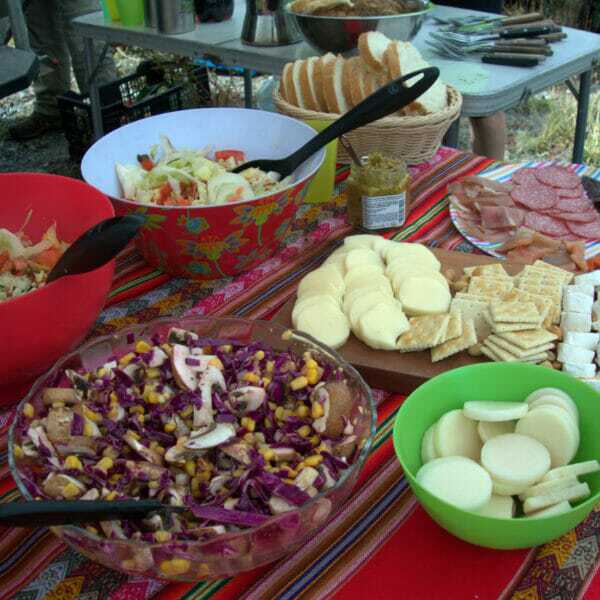
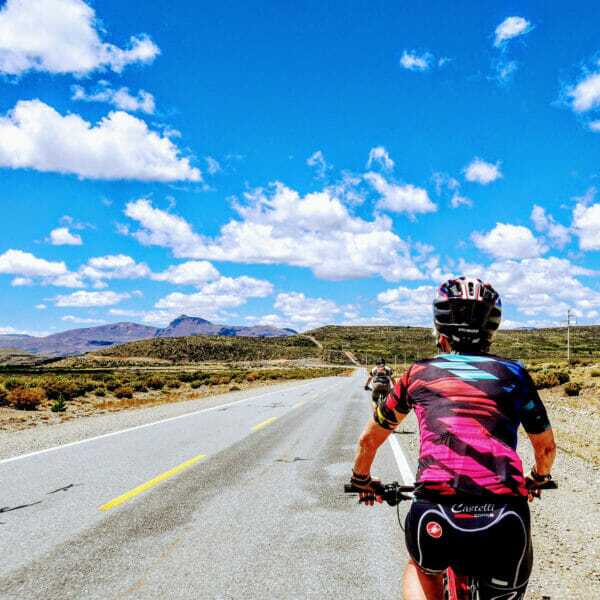
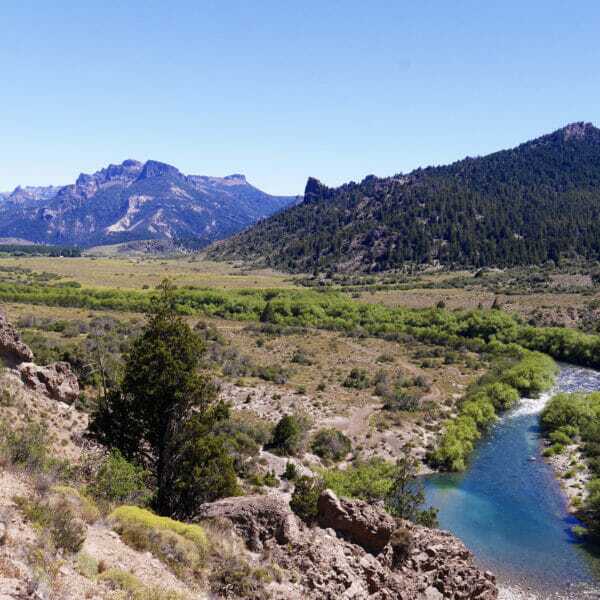
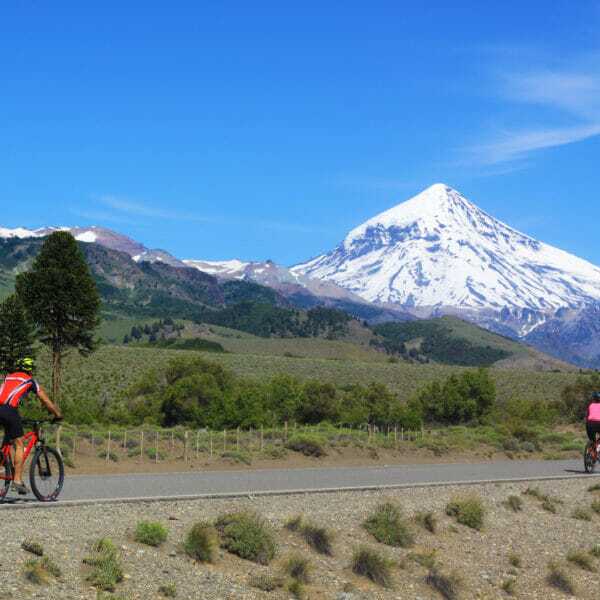
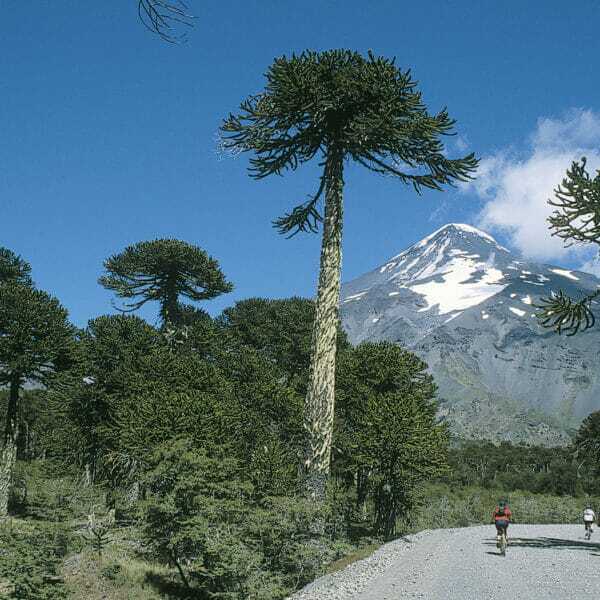
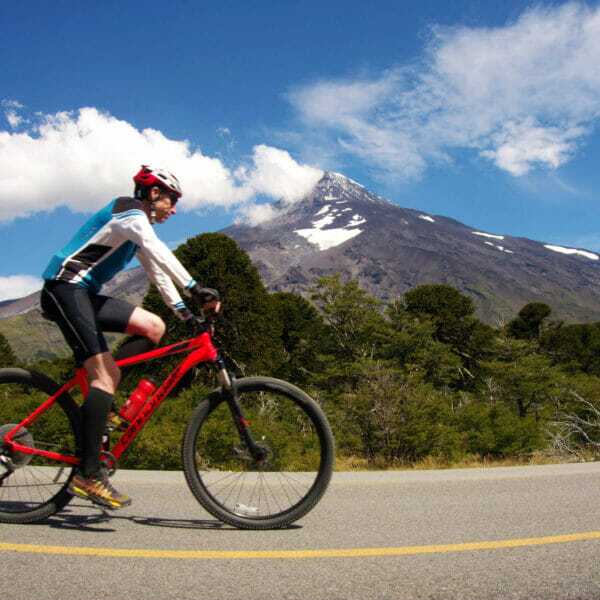
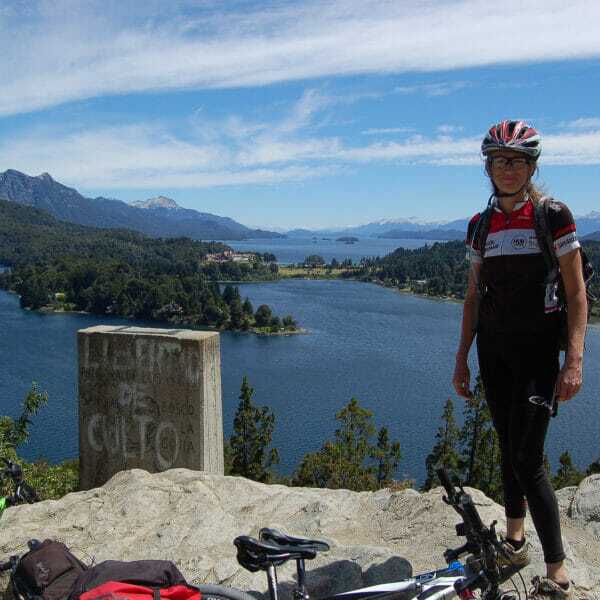
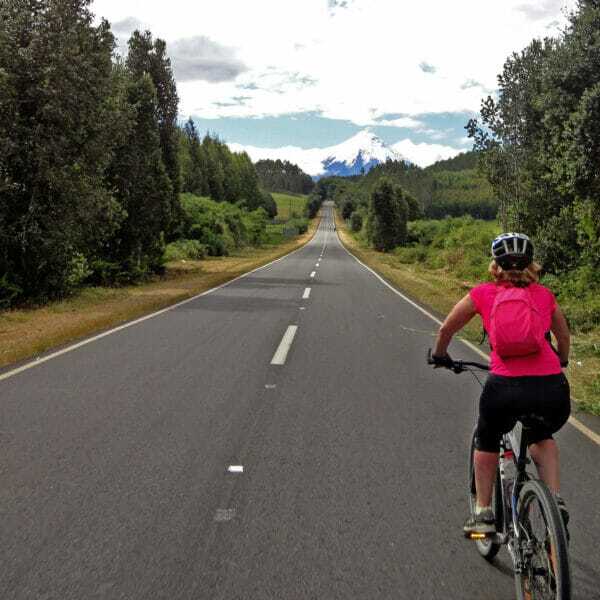
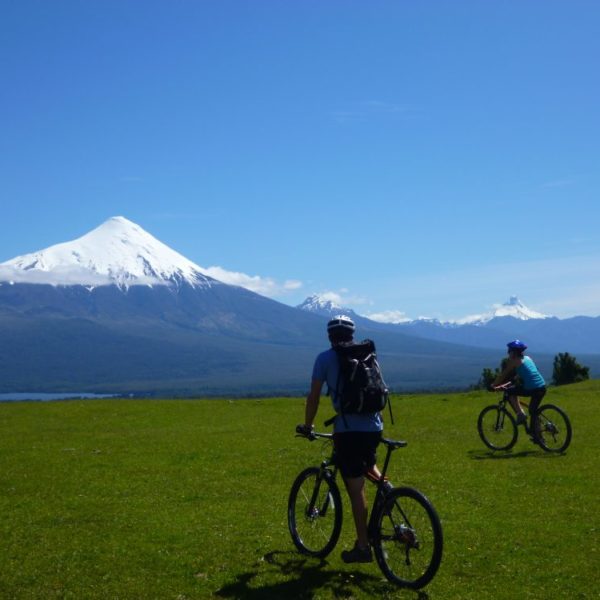
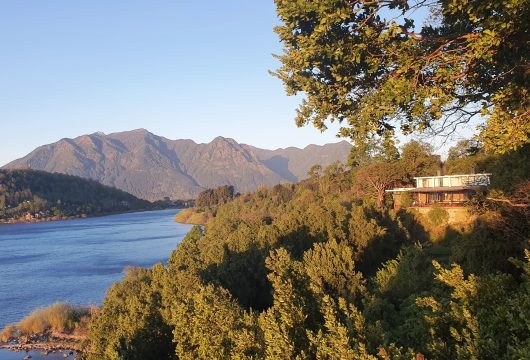

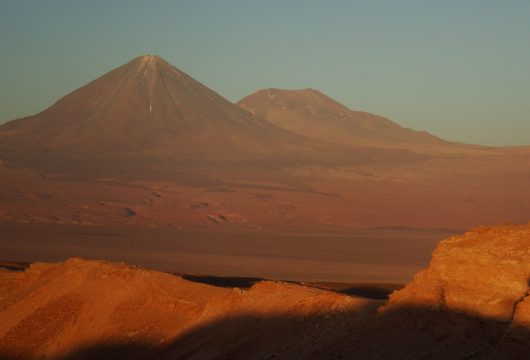
 a Tailor Made Tour
a Tailor Made Tour 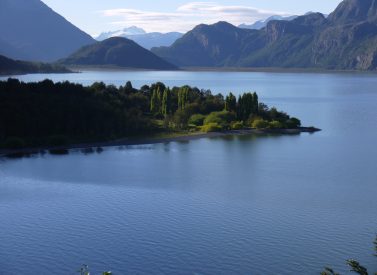
 a Group Tour
a Group Tour 